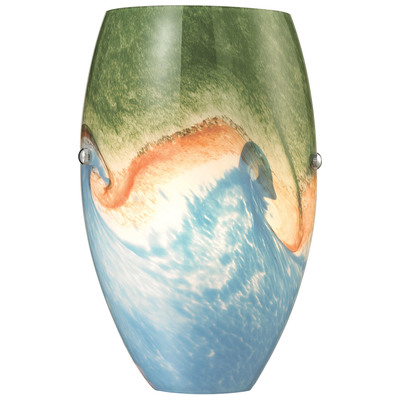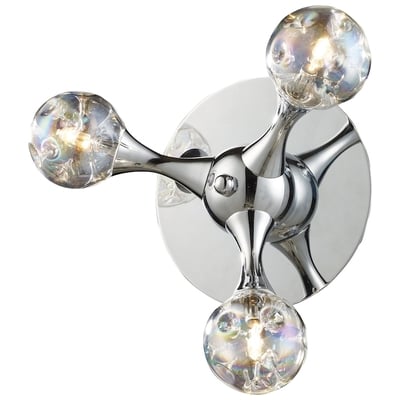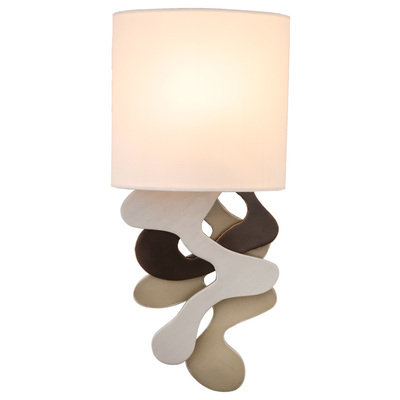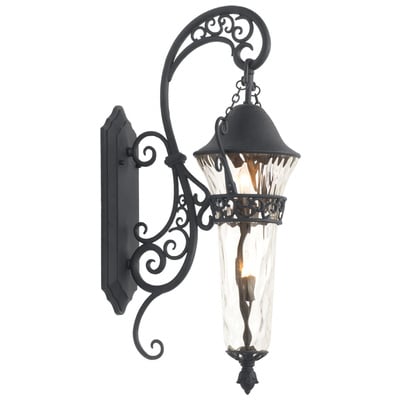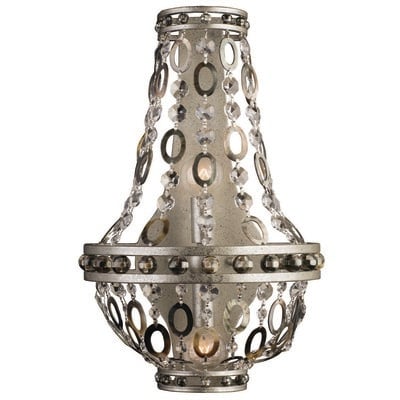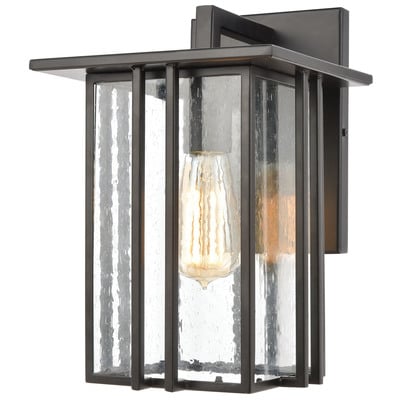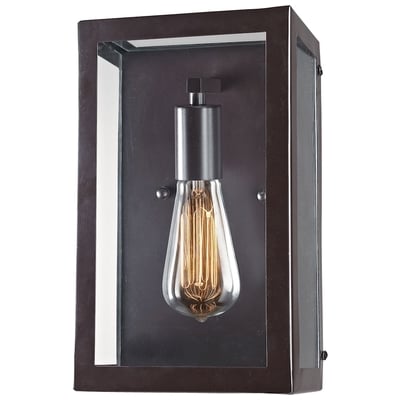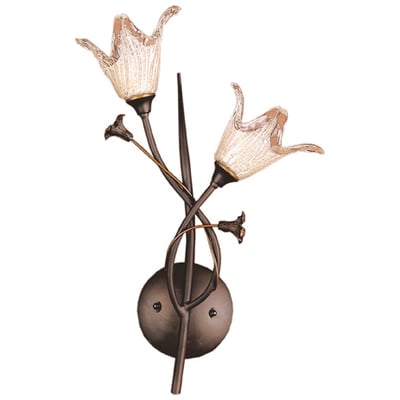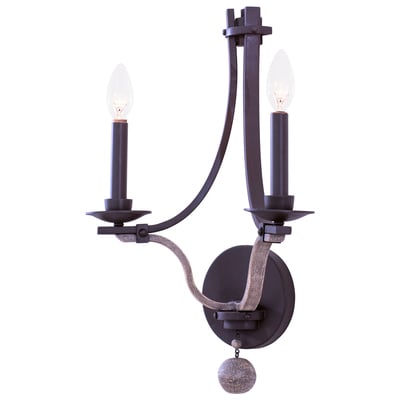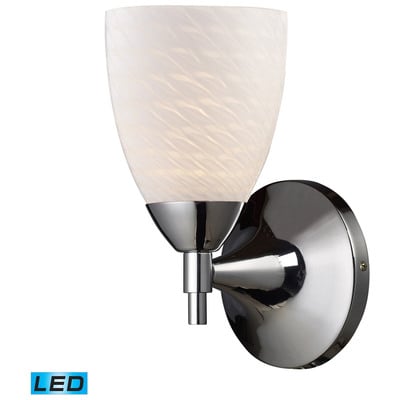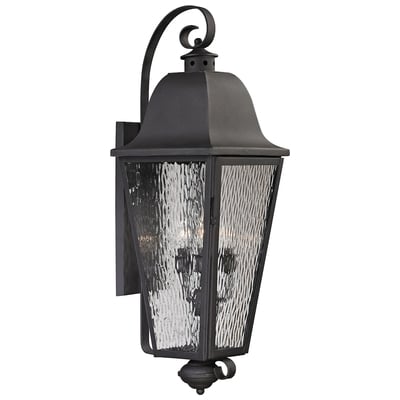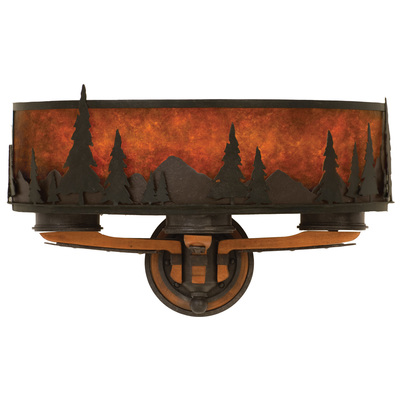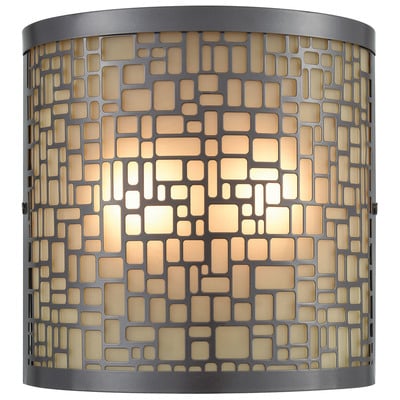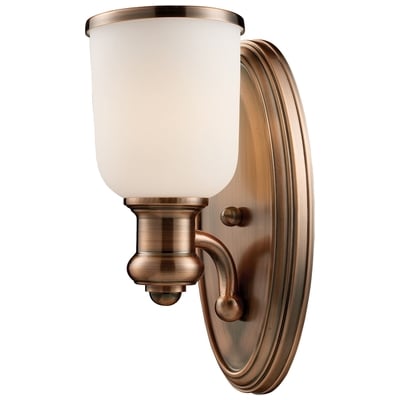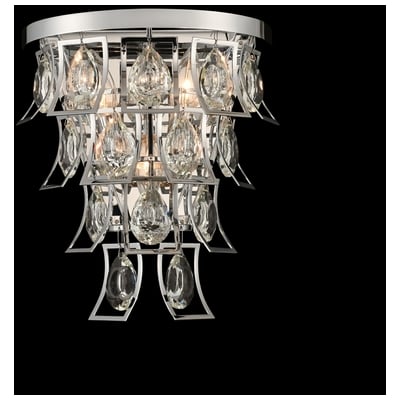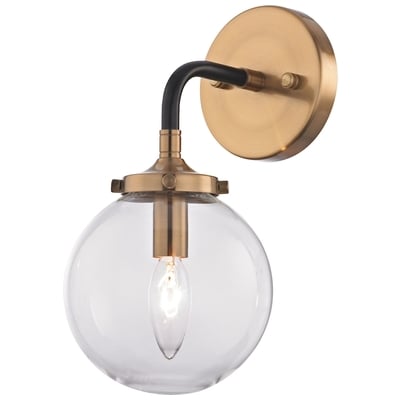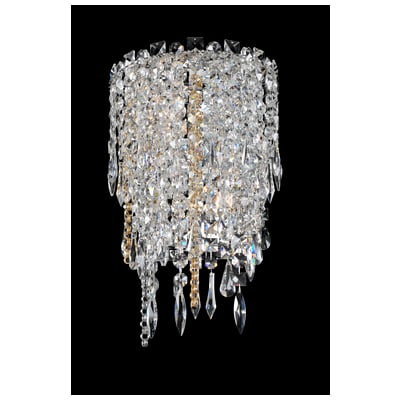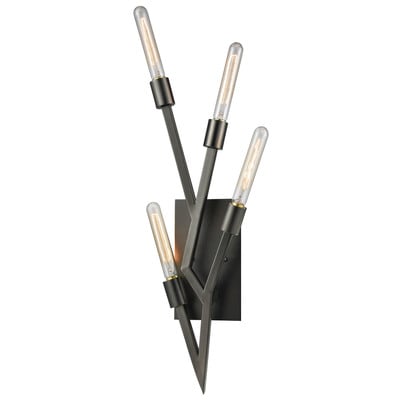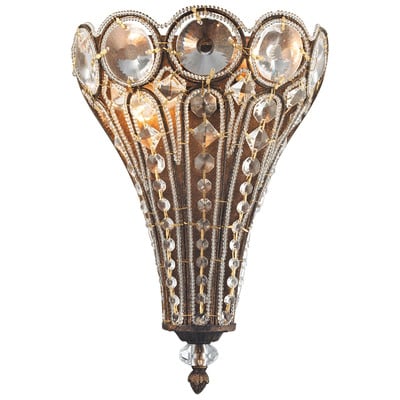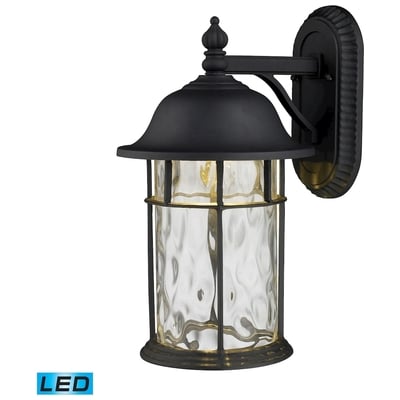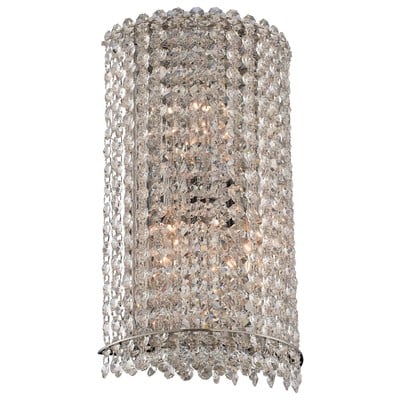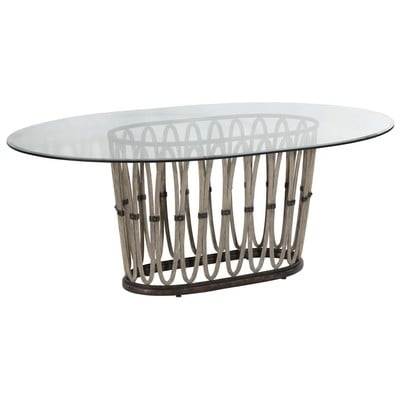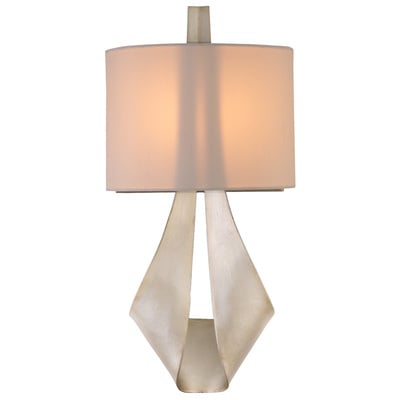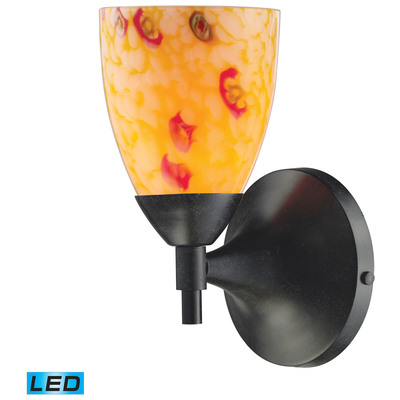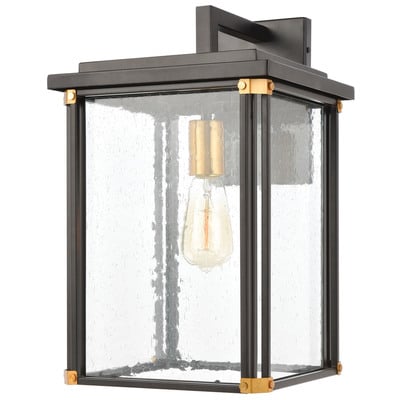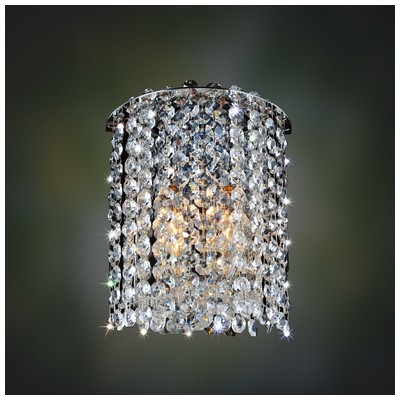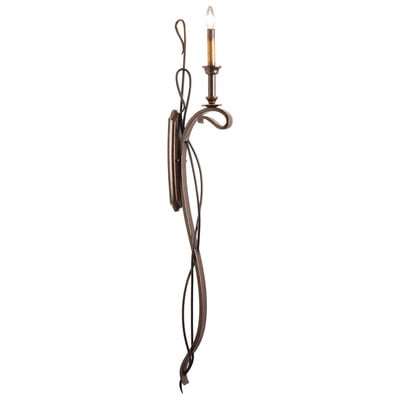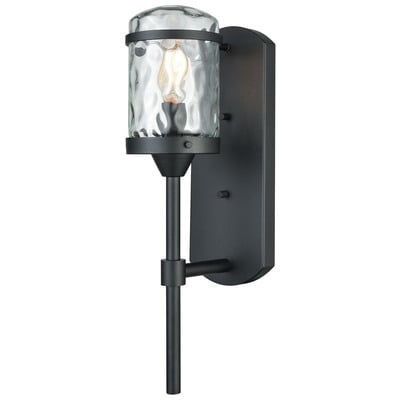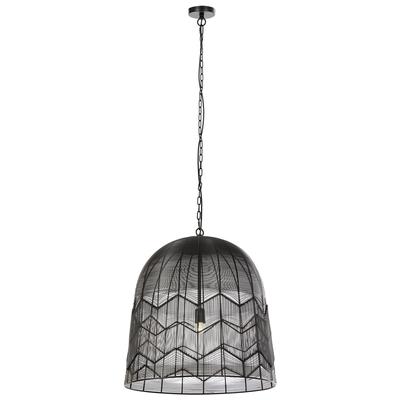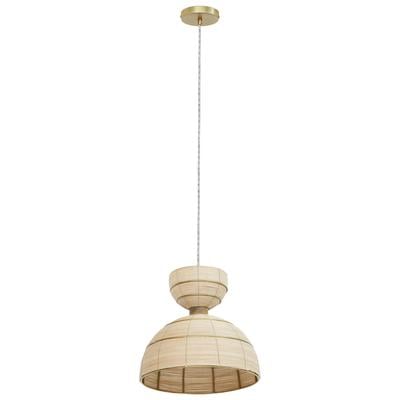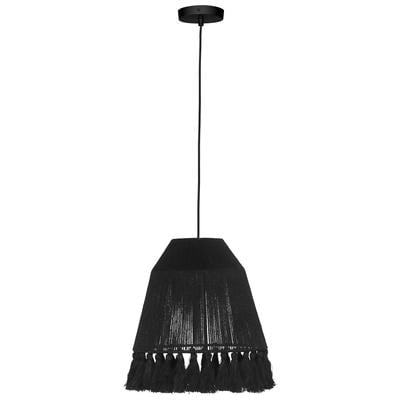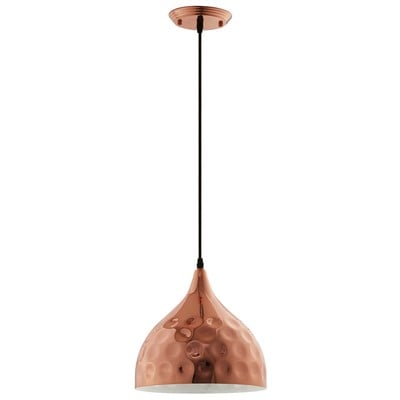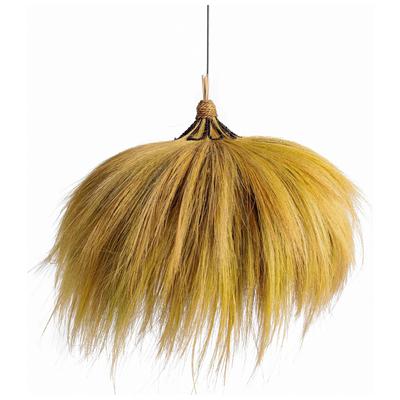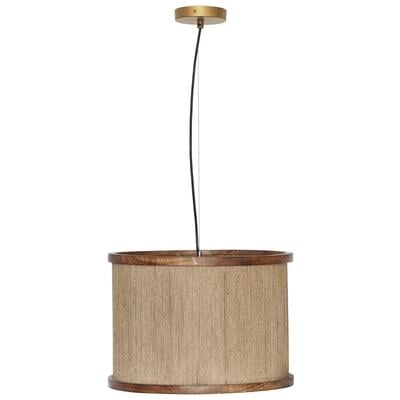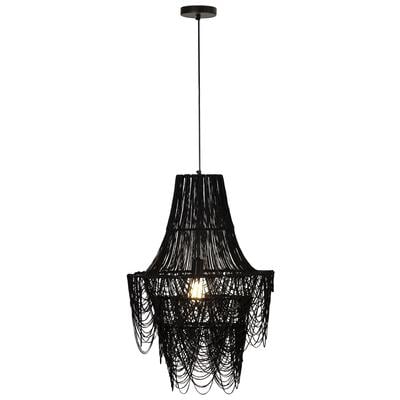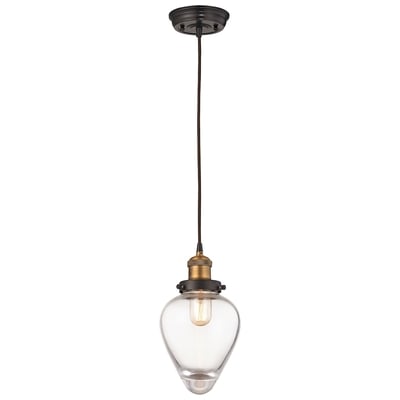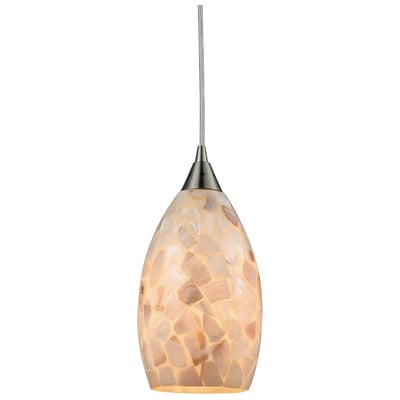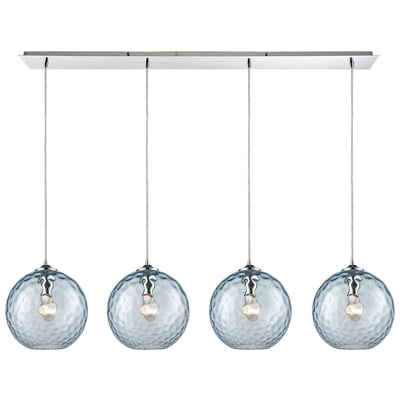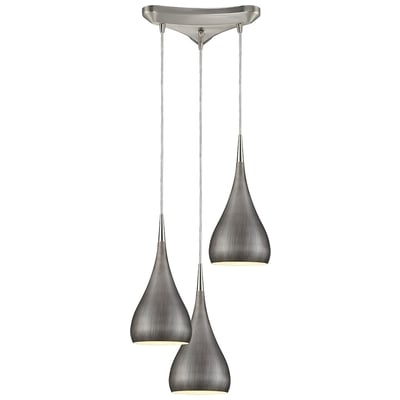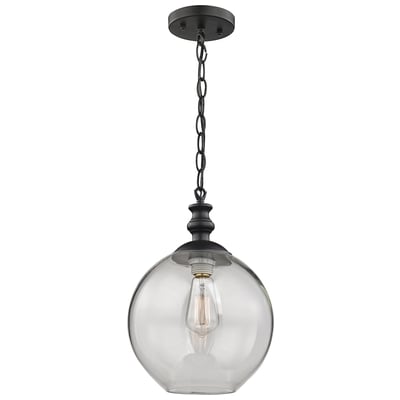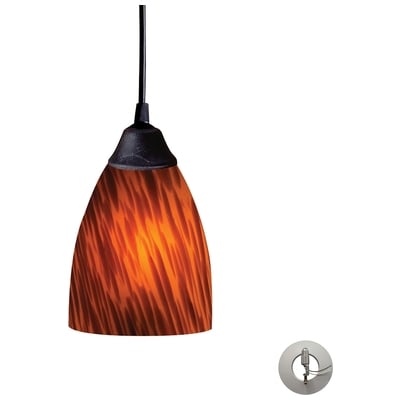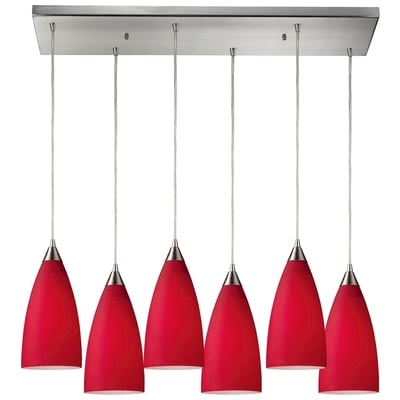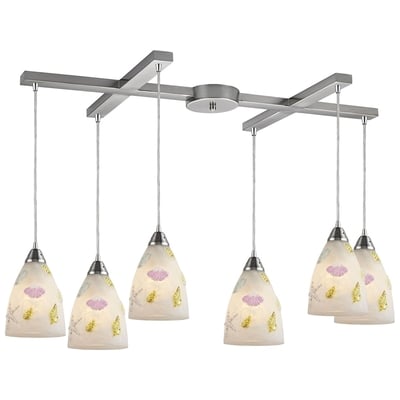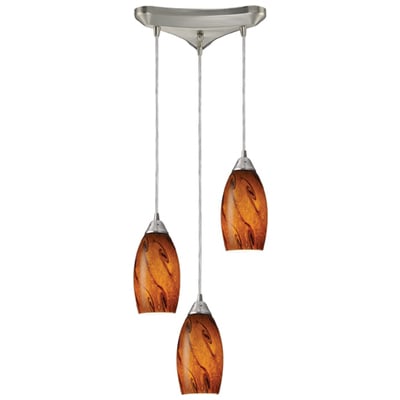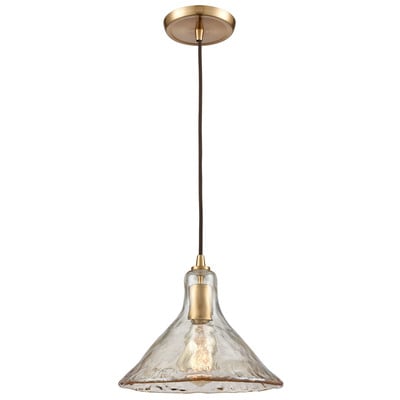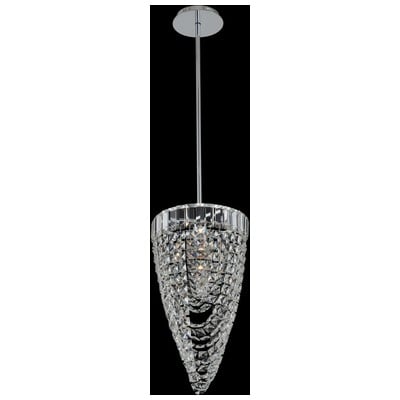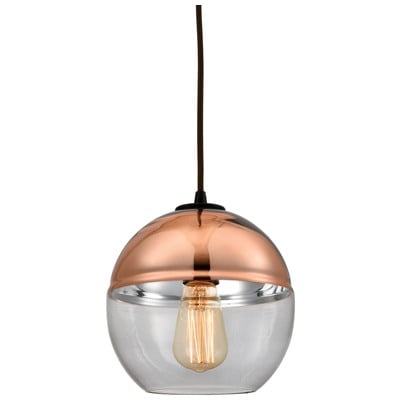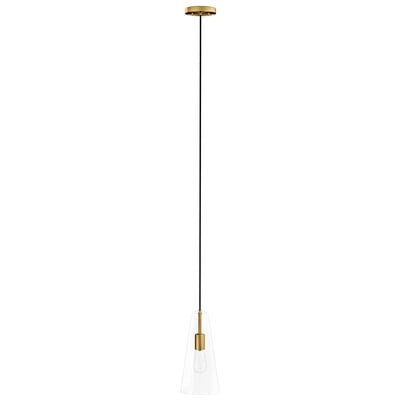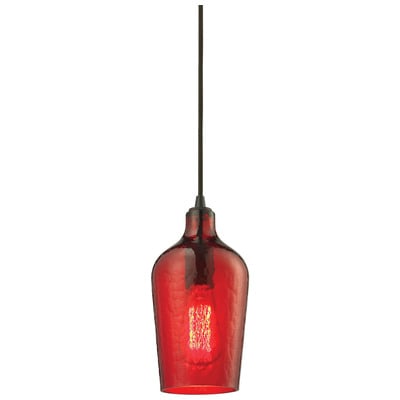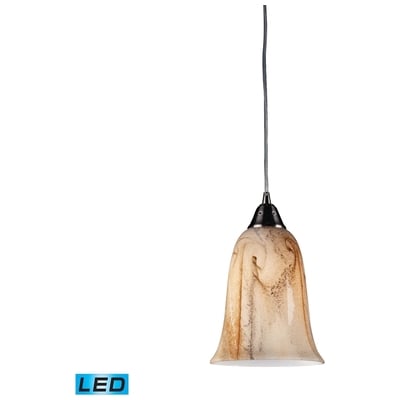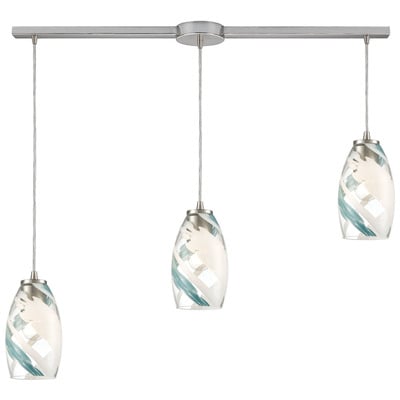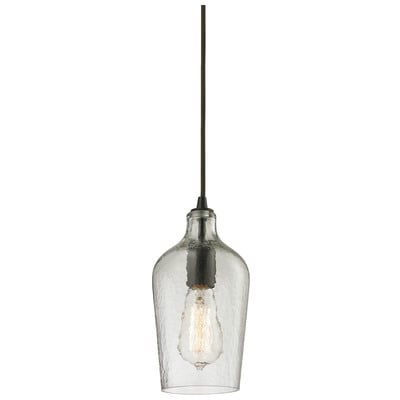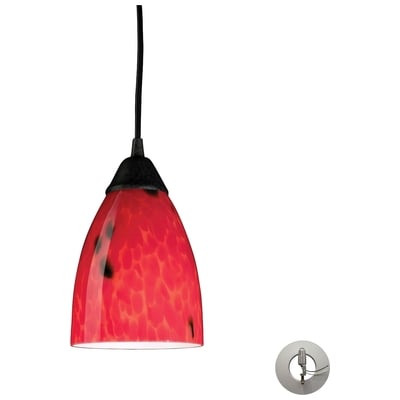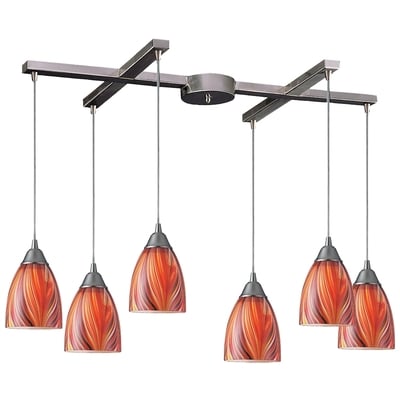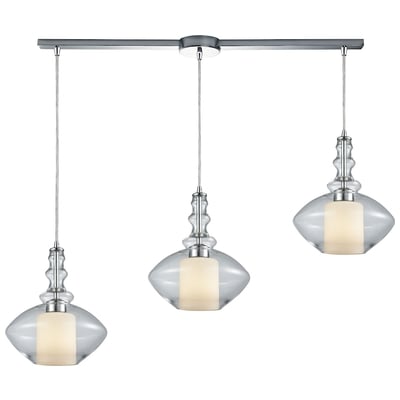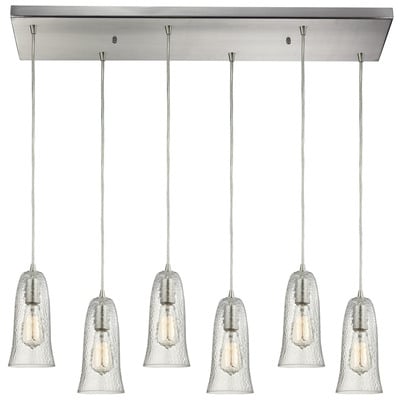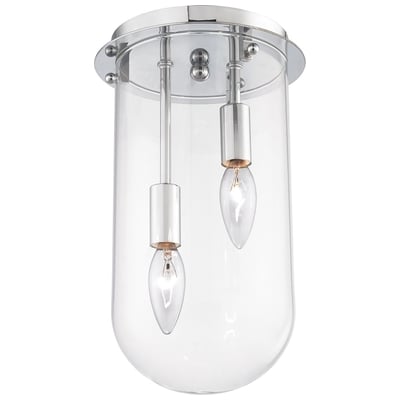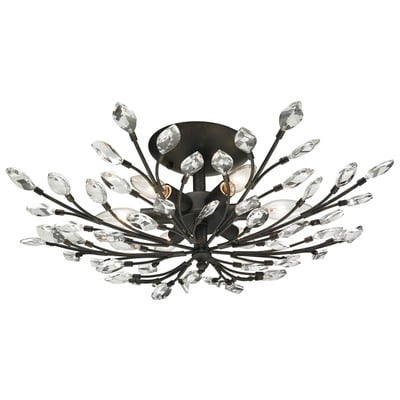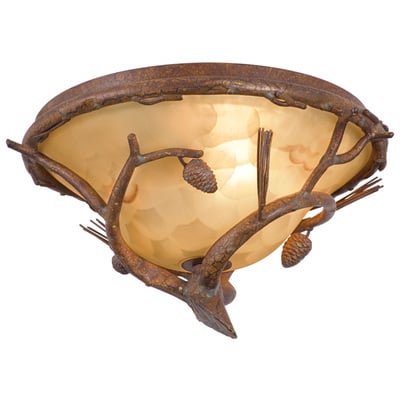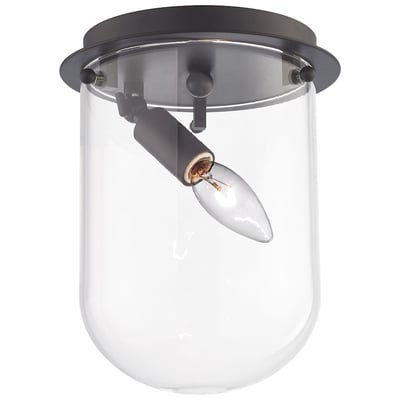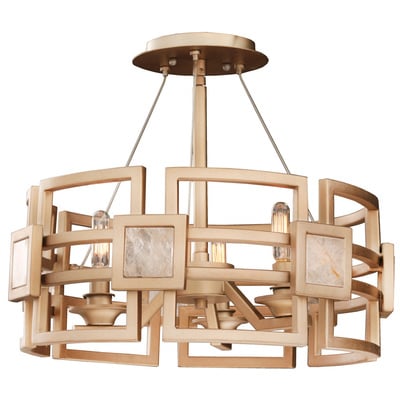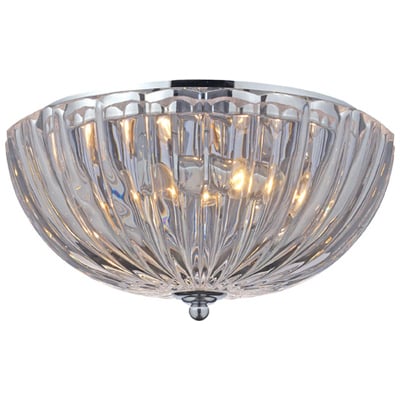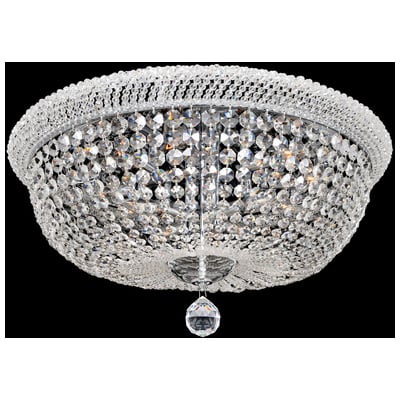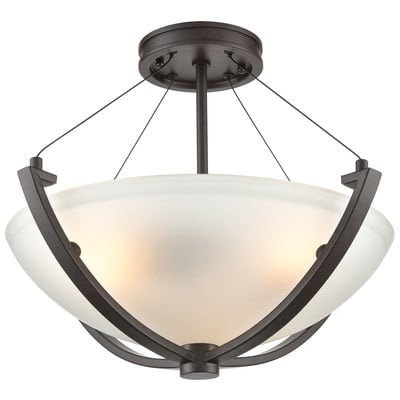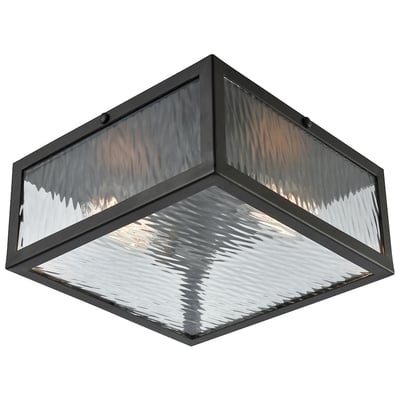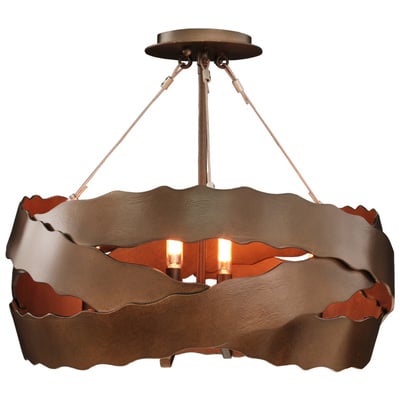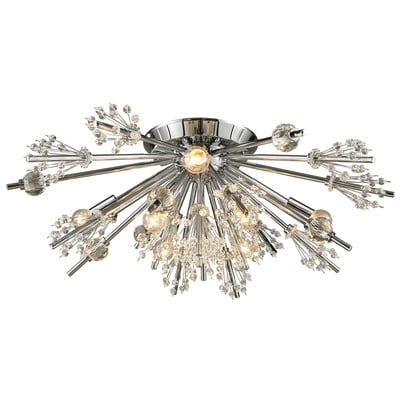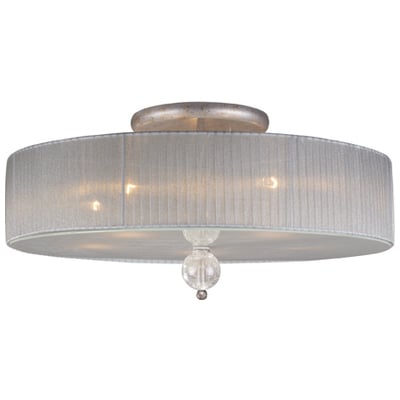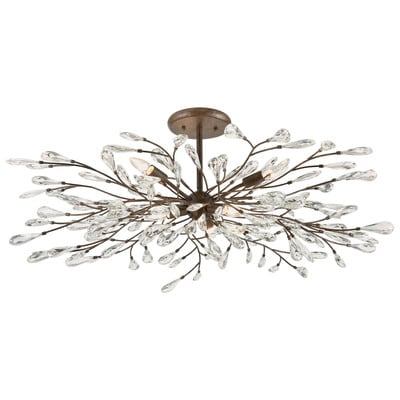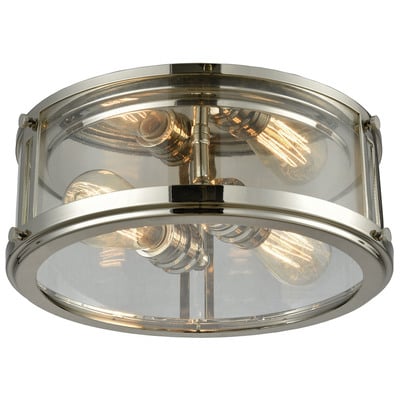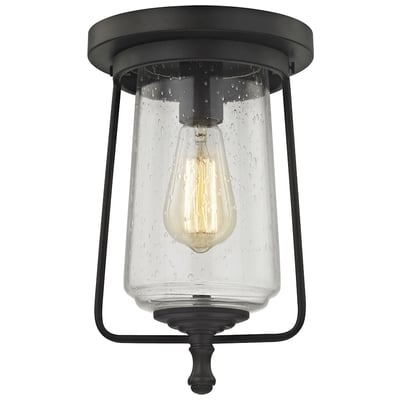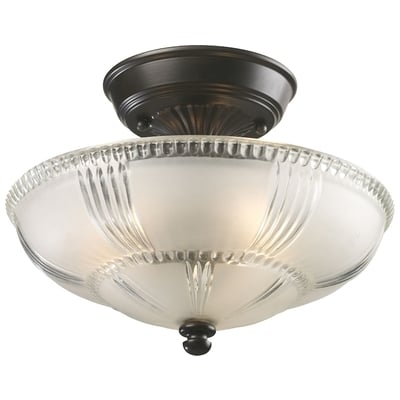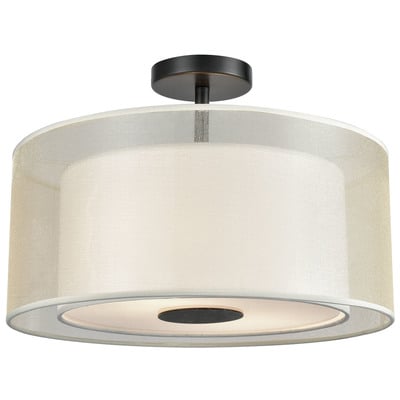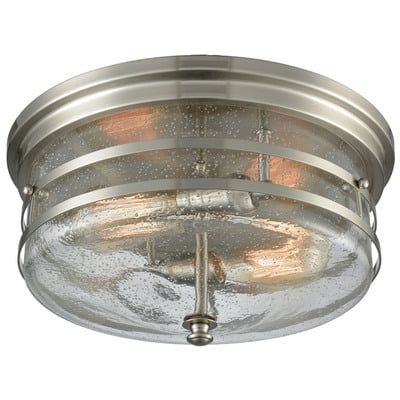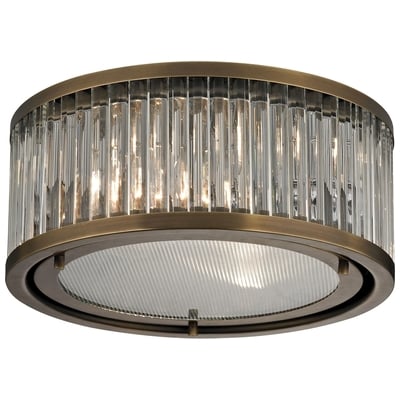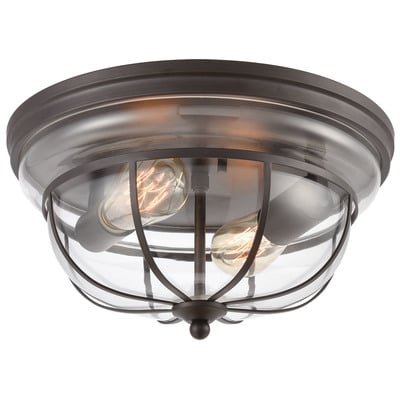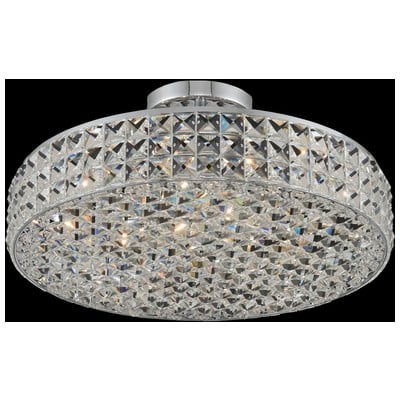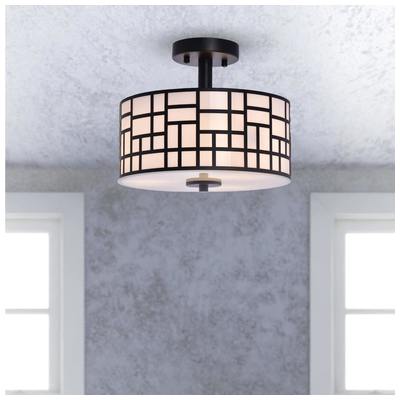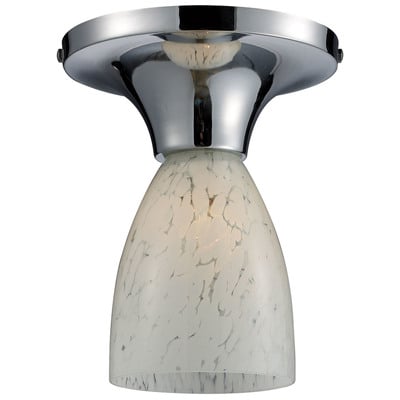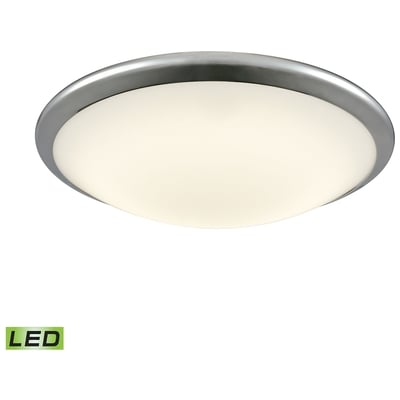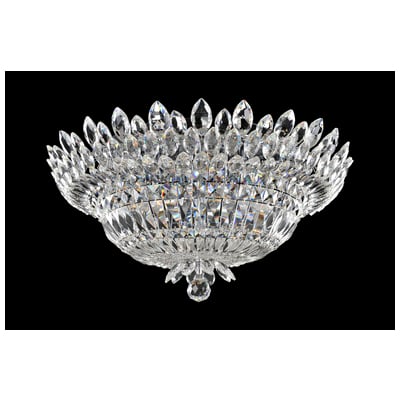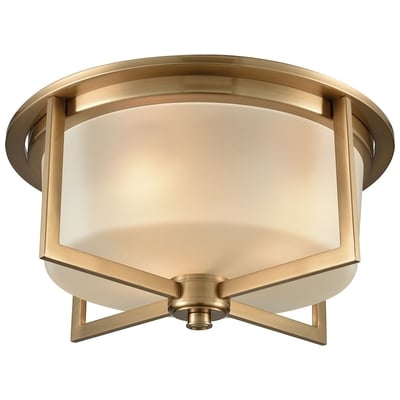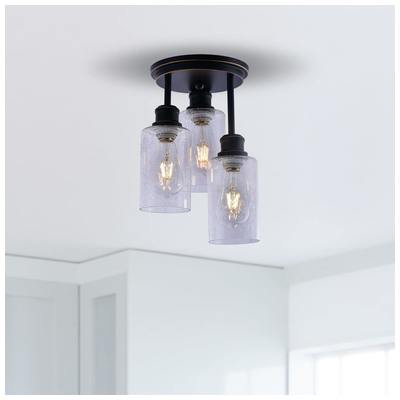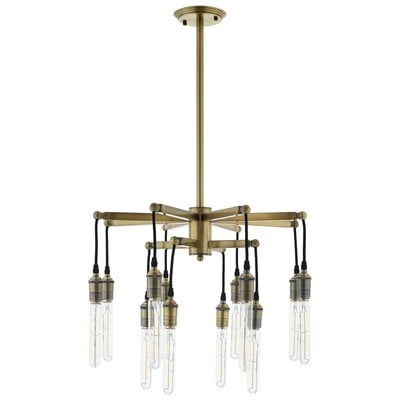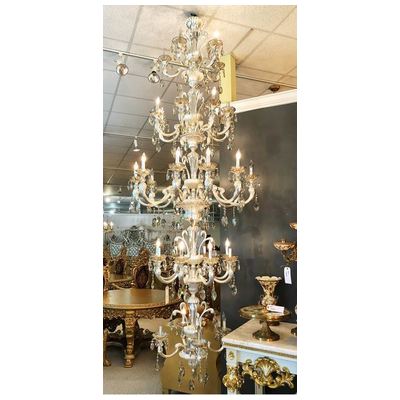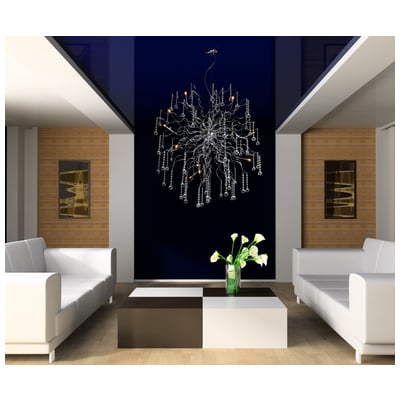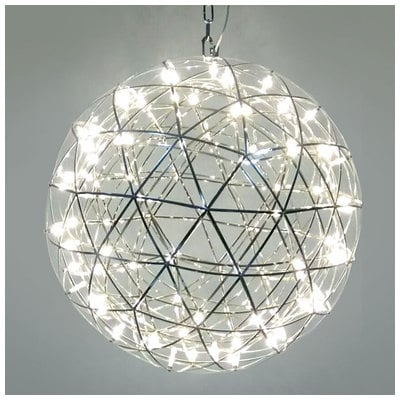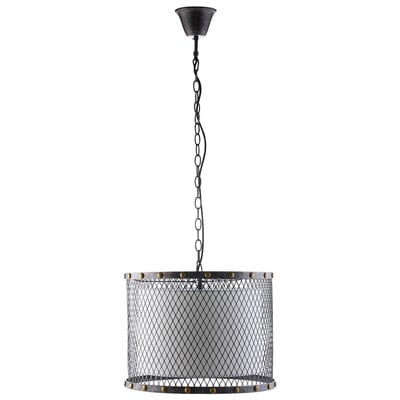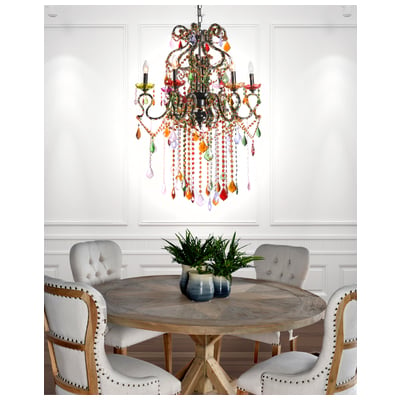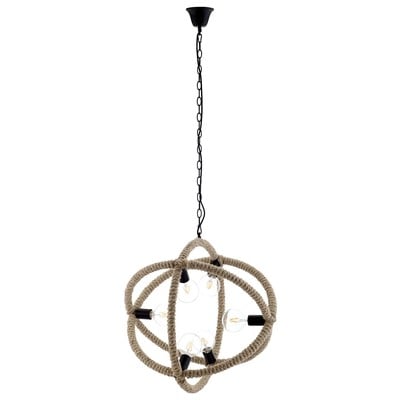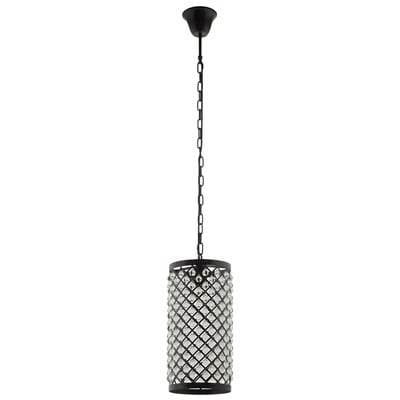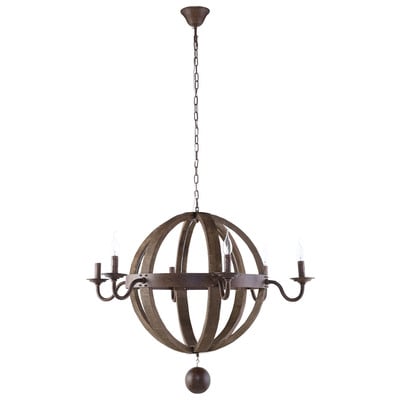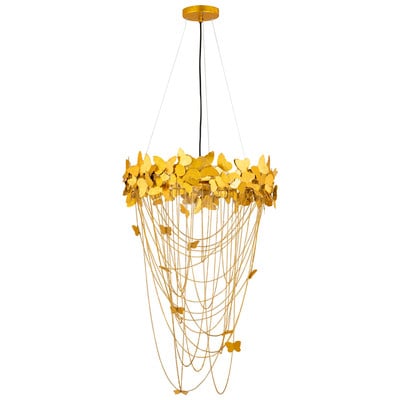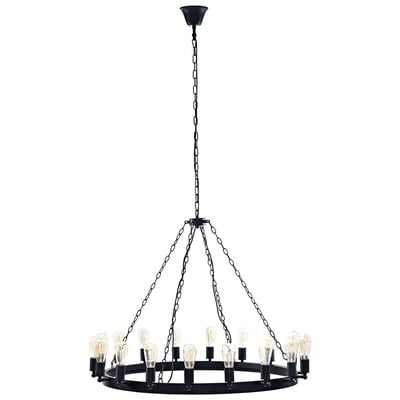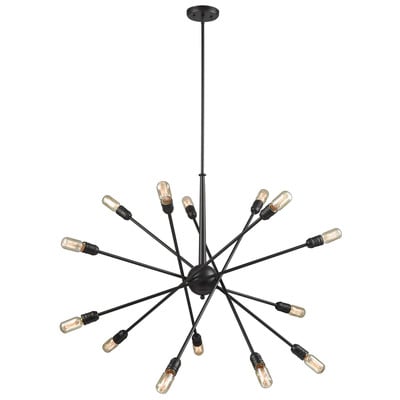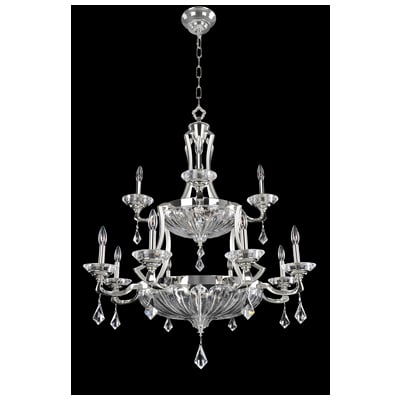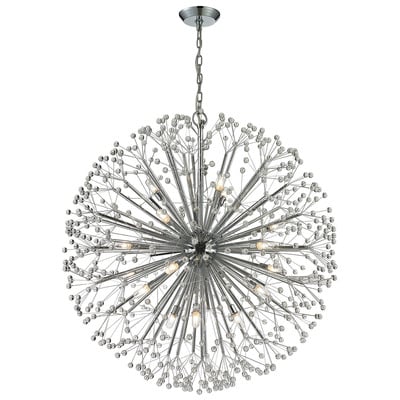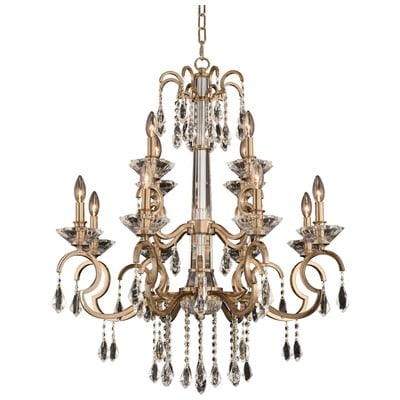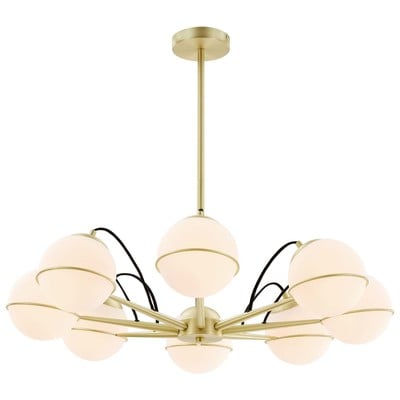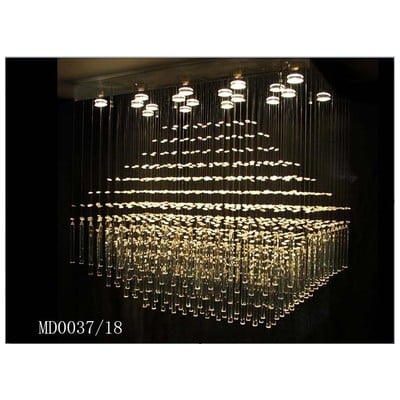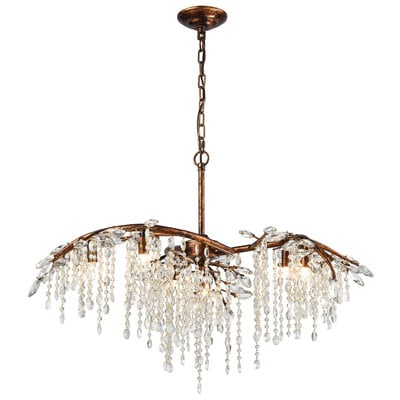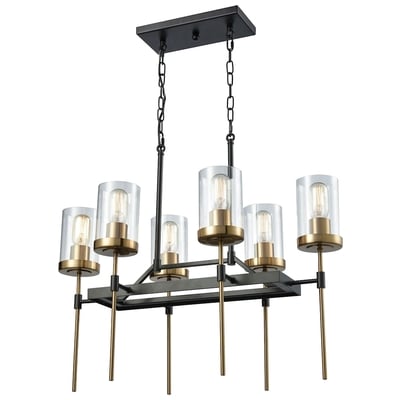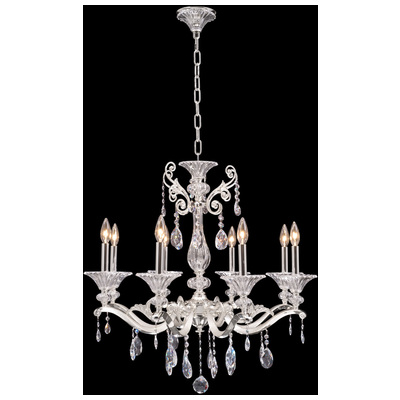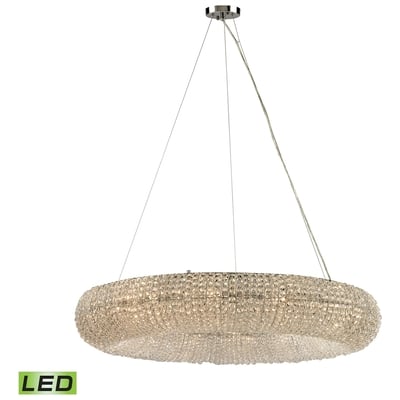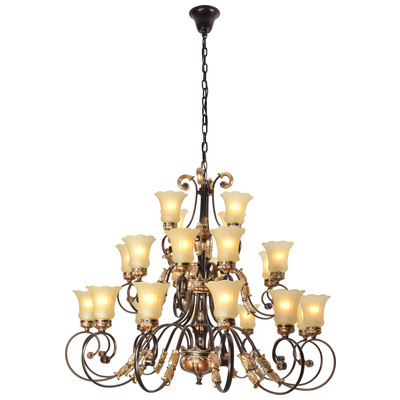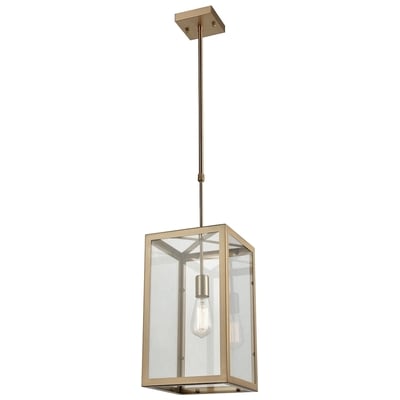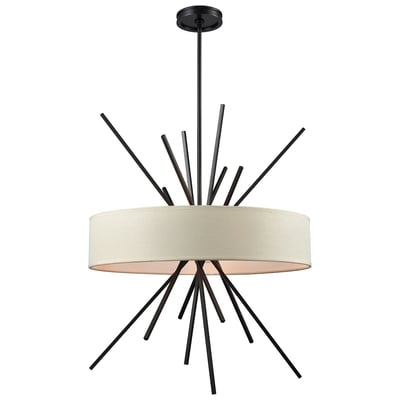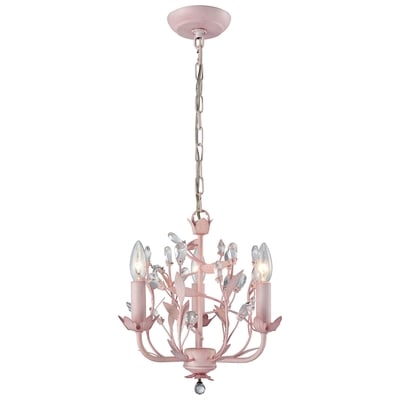Choosing the right lighting fixtures for a hallway can be particularly challenging. Unlike most rooms, hallways usually don’t benefit from any natural lighting, and often there isn’t enough space to simply set down a lamp. That means any lighting in a hallway needs to be built in, but finding fixtures that fit the narrow width of the space and height of the ceilings can be its own challenge. Today we’re taking a look at some of the best options, as well as where they work well and why.
Wall Sconces

Shop Wall Sconces:
Wall sconces are particularly prized for their visibility in a hallway. Because they install closer to eye level, they offer the greatest visual impact of any type of lighting fixture, regardless of the height of the room. That said, in a narrow hallway you want to be careful which sconce you choose; anything that sticks out too far from the wall can restrict your walkway. It’s also worth noting that placing the lighting fixtures on the walls rather than the ceiling limits the amount of illumination each fixture can produce, meaning the hallway will probably end up being a bit darker than with other types of lights. To maximize the amount of light you get from a wall sconce, look for ones that cast light both upward and downward, which will emphasize the height of the wall while producing more lighting overall. As well, sconces should be alternated from one side of the hall to the other at 8-10 foot intervals, both to keep from crowding the walkway and to keep the lighting as even as possible throughout the hall.
Recessed Lighting

If sconces produce striking mood lighting, recessed lighting is all about bright functionality. Because the lights are recessed into the ceiling rather than mounted to it or hanging down from it, they cast the most over-all light for the number of bulbs used. Recessed lighting is a popular choice for a more modern decor due to the sleek, simple finish, but this same simplicity means that recessed lighting fixtures are practically invisible, meaning they’ll blend well with almost any type of decor. If you want lighting that offers good coverage but won’t draw attention to itself, recessed lights are really the way to go. Recessed lights are also a great option for halls with lower ceilings, not only because you won’t have to worry about anyone hitting their head on your lights, but because a smooth, uninterrupted ceiling will look and feel a little bit higher than it is. Smaller recessed lights can also be combined with larger decorative lights to provide better lighting coverage without distracting from the more attractive (but maybe less bright) fixtures.
Pendant Lights

Shop Pendant Lighting:
Pendant lights, on the other hand, should be reserved for hallways with very high ceilings where they have plenty of room to hang down without coming anywhere near head-level. That said, if your hallway is tall enough, full sized pendant lights can be a gorgeous way to accentuate the height of the space while adding a lovely little decorative touch and, of course, plenty of light. In fact, because pendant lights often have more bulbs than smaller fixtures, they really do a great job providing thorough, overall lighting. Consider this option especially if you have decorative ceilings or doorways, as a very attractive lighting fixture will help draw the eye upward, while literally highlighting high-up details.
Flush Mount Lighting

Shop Flush Mount Lighting:
Flush mount lighting offers a nice compromise between the decorative look of a pendant and the compact functionality of recessed lighting. Like recessed lighting, flush mount lights are a better fit for hallways with lower ceilings because they sit not-quite-flat against the ceiling. Despite their compact size, though, they still come in a wide variety of styles, from simple glass domes to ornate crystal fixtures designed to mimic petite chandeliers. This is the option you want if you have low ceilings but want your hall to have a little more personality or a slightly more traditional look. Depending on the height of your ceiling, you can also find flush mount fixtures with a short, pendant-like stem which can be nice if you have a little extra head room to spare.
Track Lighting

Track lighting probably isn’t the first thing that comes to mind when you think of using lighting to dress up a hallway, but in a very long hall it can be a surprisingly effective option. In terms of functionality, they place lights at regular intervals, giving the consistent over-all lighting that you need to keep hallways bright and safe. And because track lighting is designed to be strung together, several fixtures can easily be connected to accommodate a very long hall. But track lighting also makes for great accent lighting. Because each of the lights can be individually positioned, they can be used to highlight accents in the room, like furniture, art, or family photos hung on the walls – something that larger, more decorative lights placed at wider intervals simply cant do.
Continuity

Shop Chandeliers:
It’s also important to remember that your hallway doesn’t exist in a vacuum: it’s a transitional space between one part of your home and another. What that means is that while it’s easy to think of hallway lighting in purely practical terms, it’s worth trying to create a sense of continuity with the rest of your home. Matching the lighting fixtures you use in your hallway to the ones used in the rooms on either side is a simple, effective way to do this. Even if they aren’t the same type of lighting fixture, carrying a single design and finish color from one room to another via the hallway is a perfect, subtle way to connect the spaces and give your home a sense of visual unity.
Having adequate lighting in your hallway isn’t just about looks, it’s important for safety, too. Especially in a very dark hallway or one with a rug, having good, over-all lighting is a must-have for keeping your home’s walkways safe, so be sure to find lighting fixtures that not only look great, but that will provide the amount of light you need to keep your space fully illuminated.


